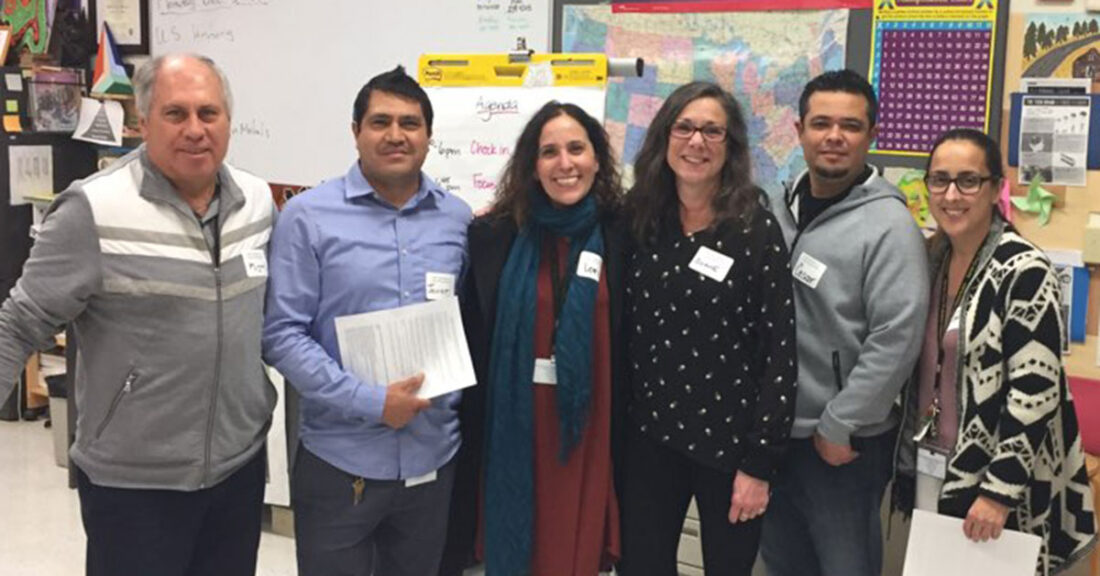Plan-Do-Study-Act Charts a Course for Boosting Graduation Rates Among Youth on Probation

In California’s Santa Cruz County, juvenile justice leaders found that young people on probation were not earning high school credits or graduating at the same rates as their general population peers. To learn more about the issue and how to address it, probation officials turned to the Plan-Do-Study-Act method — a keystone of the Annie E. Casey Foundation’s Results Count™ leadership development approach.
Early results are promising. During the first quarter of the 2018–19 school year, the average number of credits earned by youth on probation increased dramatically — by 143% — compared to first quarter results from one year ago.
Plan-Do-Study-Act is a cyclical approach to improving a process or outcome. First, practitioners identify an improvement idea that can be assessed over a set period of time. Then, they develop a small test of change (Plan), implement the plan (Do), observe the results (Study), and make adjustments (Act) before the cycle’s next iteration. The process applies learning to action at increasing levels of scale — becoming more effective and efficient — until a change can benefit large numbers of people.
Valerie Thompson, assistant chief probation officer for Santa Cruz County, used Plan-Do-Study-Act to test how boosting parental engagement would affect student attendance, credit accrual and, ultimately, the high school graduation rates of youth on probation.
Employees from the county probation department and the Santa Cruz County Office of Education worked with Thompson to assess how they were engaging parents. The group found that the status quo — one-way notifications about behavior, attendance or academic performance — wasn’t working.
As a result, the group shifted to a more comprehensive — and more racially and ethnically equitable — approach. The team contacted parents via phone, text and face-to-face and ensured that all communications were bilingual, since Santa Cruz’s south county region is more than three-quarters Latino.
“Our plan was to adjust the number and types of contacts as we gained data about what was working,” Thompson explains. “Engaging in other ways didn’t cost a lot but did make a difference in terms of parental involvement.”
More recently, adults and youths gathered for a focus group session to discuss the new approach and the team’s results. Parents reported having a better understanding of academic success requirements and the value of their supportive role. Equally important, parents relayed that they felt more involved in their child’s education.
The team is now working to expand its enhanced engagement approach — a move that will quadruple the number of families involved. “We’re excited by the results so far,” says Thompson, “but our work won’t be complete until we reach our ultimate goal of ensuring that all youth on probation in the county are on track for graduation and future success.”
Jennifer Gross, a senior associate in the Foundation’s Leadership Development unit, says the Santa Cruz story shows the power of Plan-Do-Study-Act. “With its structured use of data and focus on incremental change, Plan-Do-Study-Act can accelerate real results in the real world.”
Read Results Count Heads to Arizona to Help Kids Hit Grade-Level Reading Benchmarks






